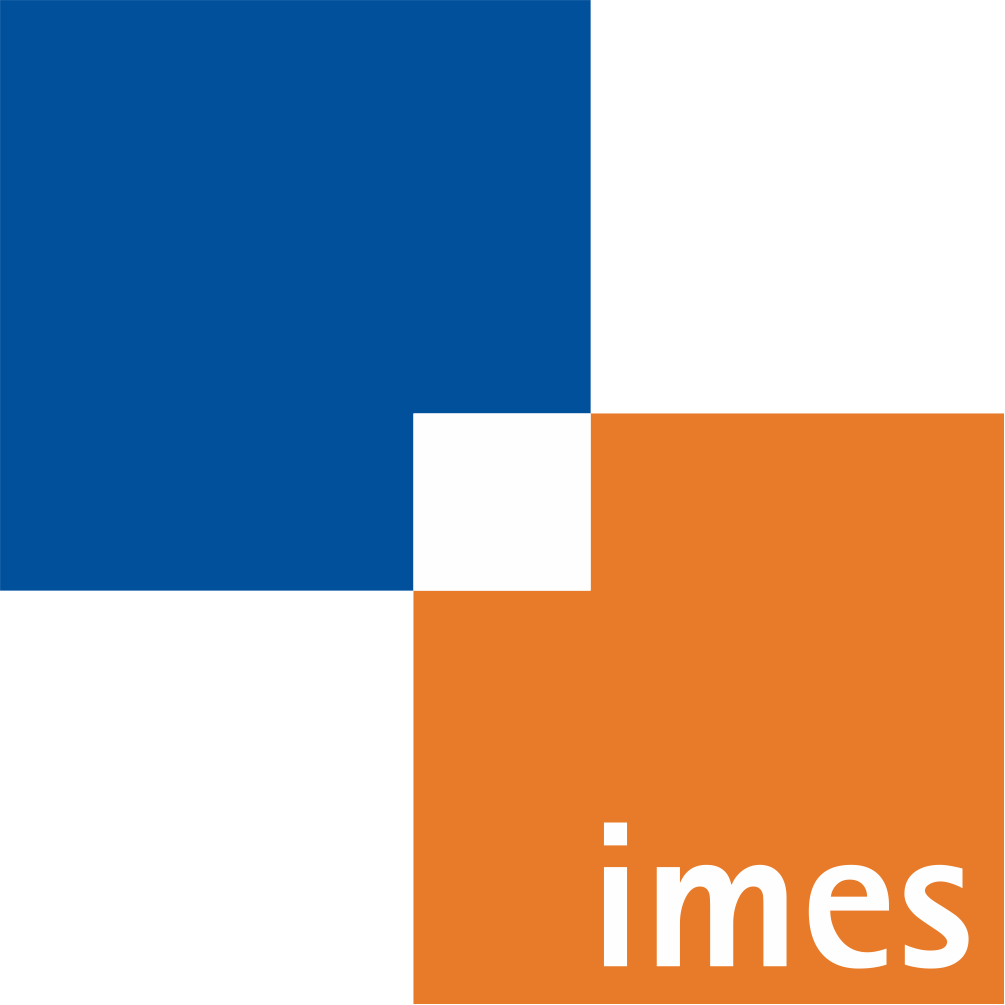Hand-Held Projection and Measurement System for Surgical Interventions

| Team: | M. Sc. Dipl.-Ing. Shivaraman Ilango |
| Jahr: | 2016 |
| Förderung: | Lower Saxony Ministry for Science and Culture |
| Ist abgeschlossen: | ja |
Today's surgical procedures are characterized by a high degree of complexity. This is the result of continuously increasing demands that need to be fulfilled by the performing surgeon. Thus, increasingly finer anatomical structures are subject of surgical therapies performed. At the same time, the aim is to keep the postoperative trauma of patients at a minimum. For this reason, minimally invasive surgery has gained great importance. Interventions of this kind are distinguished from conventional surgery by small incisions as well as the use of natural means of access. As a result, the recovery period is shortened and less painful for the patient. On the other hand, the surgeon's view of the operative field is limited, resulting in prolonged operative time and delayed access times in case of complications. This is due to the fact that the visual control of the operation by the surgeon is performed on the basis of an endoscopic image.
Furthermore, the surgeon is provided with data of different medical imaging modalities. Computed tomography, that primarily delivers a visualization of bony structures, and magnetic resonance imaging, which is used for the diagnosis of soft tissue, are the most commonly used ones. Based on these datasets, the preoperative planning of the intervention is performed. It comprises of the localization of anatomical risk structures such as nerves or blood vessels, and the planning of access paths. The achieved medical planning data must be transferred into the operating theatre and has to be displayed to the surgeon during surgery.
Recent researches have revealed that Augmented Reality (AR) is gradually gaining an abundance of importance in the field of medicine, more concretely in the field of surgery. In Augmented reality, image overlay projection is a technique that would help the surgeons to view the underlying anatomical structures directly on the surface of the skin or organ of the patient. This would circumvent the problems of sight diversion and view reorientation from the patient, to the monitors with patient information like CT, MRI etc. and vice versa. This approach would further help to optimize the precise geometric placement of surgical tools on critical organs thus decreasing the risk of injuries to it. Further, it would also minimize invasiveness and the amount of tissue removed by completely when it comes to cancerous tissue. A novel hand-held projector system is to be developed that would allow the images of 3-D patient-specific models to be projected directly onto the surface of the organ intraoperatively without the need of intrusive hardware around the surgical scene. This would help the surgeons in performing the surgeries without any strain.
The hand-held projector system would be independent of external tracking devices making it less intrusive in the surgical room. It would involve vision based stereo tracking coupled with motion compensation and self-localization making it a device that can potentially replace the surgical navigation systems in the future.
